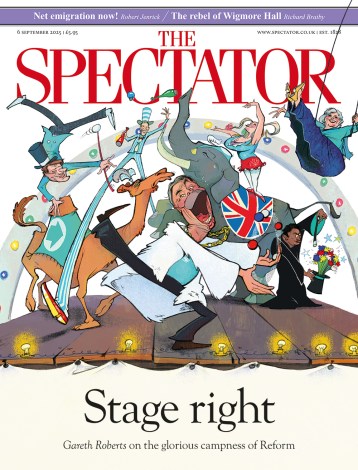Surprise tactics
Suddenly the word craft has resonance. While not exactly on everyone’s lips, it has certainly won unexpected allies. Take the fashionable sociologist Richard Sennett. In his book Respect: the Formation of Character in an Age of Inequality (2003) Sennett seizes on what he calls ‘craftwork’ as a defence against a world dominated by audits and assessments in which comparatively few are singled out for recognition. By ‘getting the act right in itself…the craftsman can sustain his or her respect in an unequal world’. But the term is a slippery one. Craft is being embraced by the art world in the form of DIY of the homeliest kind. Grayson Perry’s evening-class
